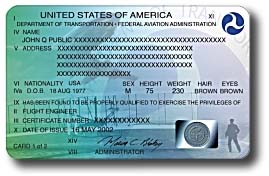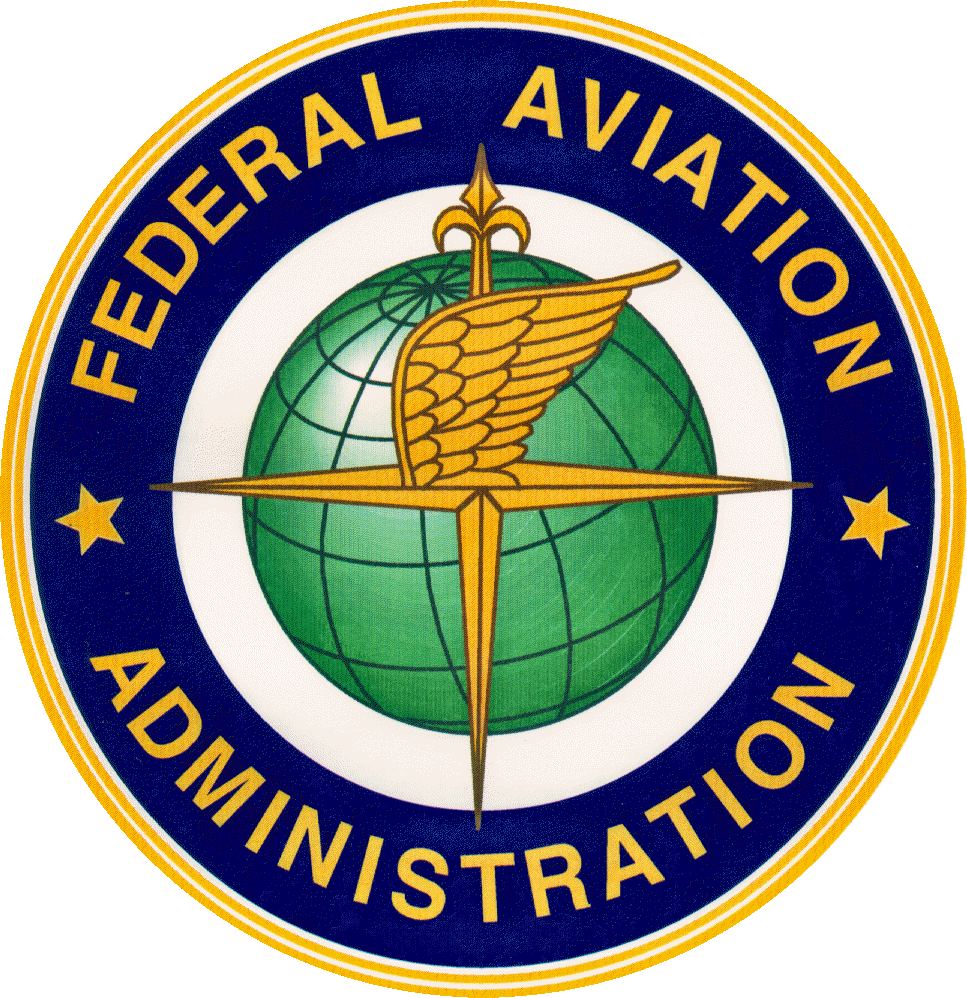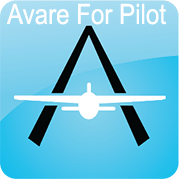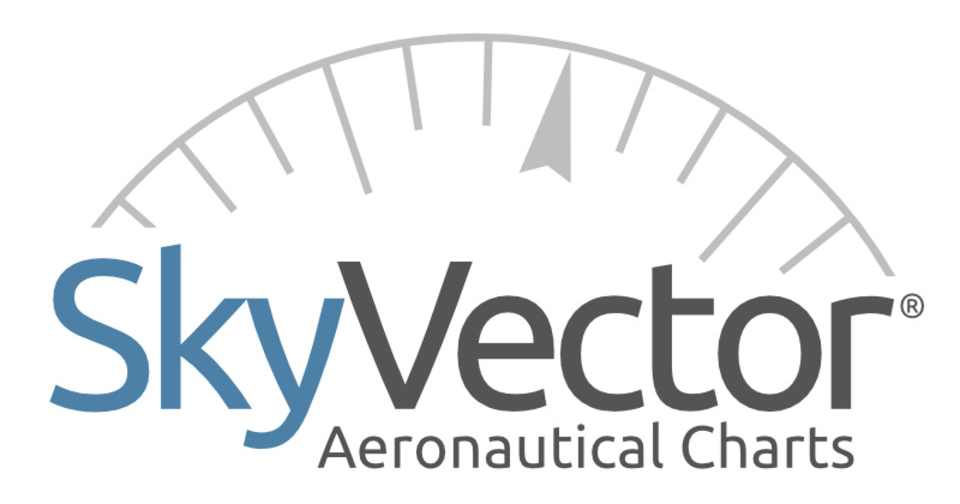Training
Flight training
The acquisition and honing of basic airman-ship skills.
Airman-ship is a broad term that includes a sound knowledge of and experience with the principles of flight, the knowledge, experience, and ability to operate an airplane with competence and precision both on the ground and in the air, and the application of sound judgment that results in optimal operational safety and efficiency.
Learning to fly an airplane has often been likened to learning to drive an automobile.
This analogy is misleading. Since an airplane operates in a three-dimensional environment, it requires a depth of knowledge and type of motor skill development that is more sensitive to this situation, such as:
• Coordination—the ability to use the hands and feet together subconsciously and in the proper relationship to produce desired results in the airplane.
• Timing—the application of muscular coordination at the proper instant to make flight, and all maneuvers, a constant, smooth process.
• Control touch—the ability to sense the action of the airplane and knowledge to determine its probable actions immediately regarding attitude and speed variations by sensing the varying pressures and resistance of the control surfaces transmitted through the flight controls.
• Speed sense—the ability to sense and react to reasonable variations of airspeed.







